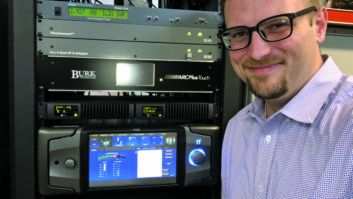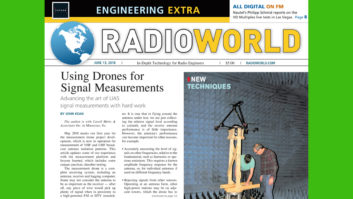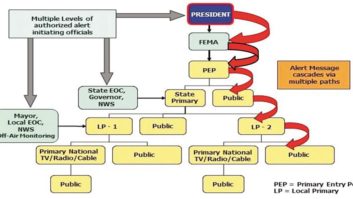A former radio station employer of mine has three FM translators that relay a 2500-watt AM on the high end of the dial. When I worked there 12 years ago, the AM station did not have a good signal, but it covered the same area that the translators now cover.
Of course, the FMs sound much better than the AM, and the format is news and talk.
I cannot speak about translators across the country, but I have been throughout the eastern part of Pennsylvania (where I live) within the past year. And in several towns, I’m finding the same thing: One-to-three translators helping out one AM.
I read Radio World religiously, and I don’t think I’ve seen this subject come up. If a 25- to 100-watt translator can do a better job than the AM it is rebroadcasting, why doesn’t the FCC declare these stations “LPFMs” and take the AM off the air in order to clean up the band? (And why does the FCC award extra licenses for the same station, serving the same area?)
This station and its three translators are all within 10 miles of my home and I can hear all four stations doing the exact same programming. Isn’t this overkill? As I pointed out, this is happening throughout the state.
A bona fide LPFM came on the air about eight to 10 miles from my home. It is closely situated between two higher-powered NCEs and it is hard to pick up. I suspect it can be heard clearly two miles from its transmitter, but not farther. The translators are doing a better job. (And they have a translator, too!)
Not too long ago, a person applied for, and got, a graveyard AM assignment. It appears (to me) as if it was for the sole purpose of purchasing an FM translator, moving it closer to the city of license, and putting the programming on it.
So what does he or she need the AM for?
I’ll go a step further: A few of our Class As and Bs have applied for and gotten translators. The FM radio dial here sounds like 50 stations, 3/4 of which are the same programming. However, the AMs sound horrible and are nearly unlistenable.
Something just doesn’t seem right here.
It seems to me that a translator, which serves the same contour as its AM, is a radio station in and of itself, and does not need to be duplicated. Since they are lower power, more stations can be placed on the same channel elsewhere.
I have some solutions but I’d be interested in what Radio World readers think about the difference between translators and LPFMs, and where they leave the AM stations they rely on for their programming.
Carl M. Van Orden
Chairman
New Jersey Radio Museum
Lake Ariel, Pa.











